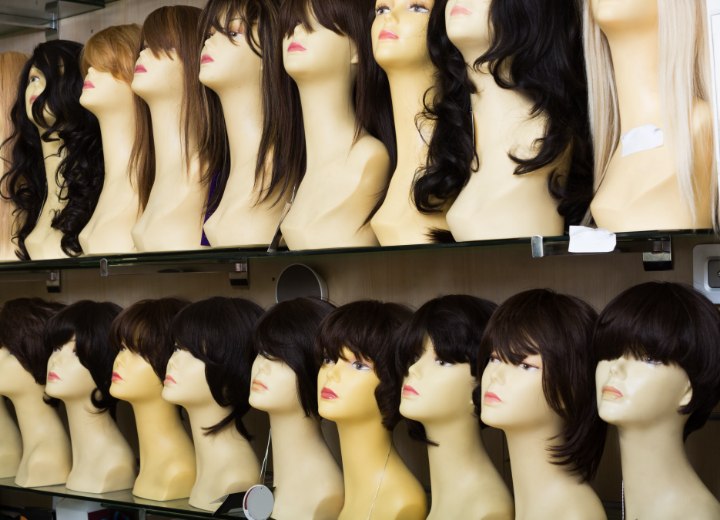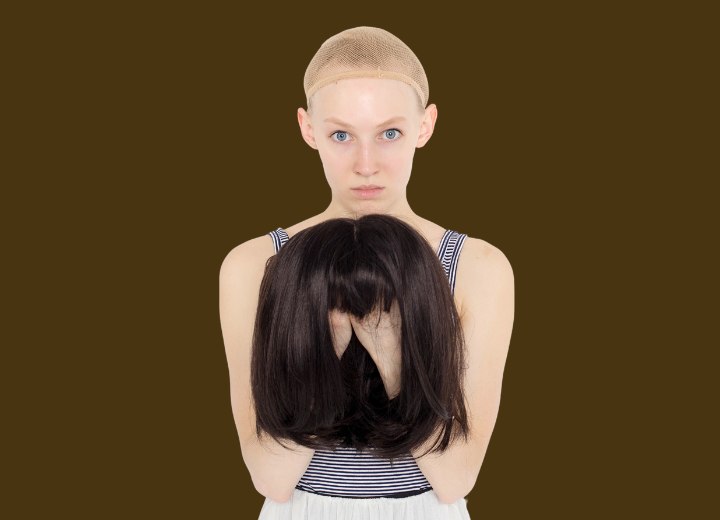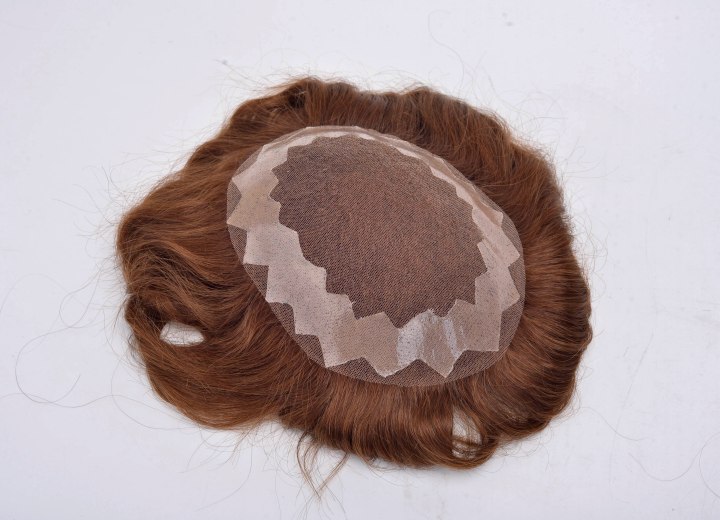Wigs Basics

A wig can be hand-tied or machine-tied. All of these factors (as well as others) can affect the price of the wig. Here is some basic information on different wig types:
They are great for creating hairstyles that give the illusion of longer hair without the added fuss of a full-sized wig.
Full-Cap Wigs: Cap wigs are made using an elasticized mesh base and are usually hand-tied. They are typically denser and are great for people who have little or no hair of their own. The front edge of cap wigs tends to be made with material that resembles the client's scalp and will be under-knotted to hide the base of the wig, allowing for natural-looking results.
Open-Cap Wigs: Also called capless wigs, open cap wigs are usually machine-made wigs consisting of wefts of hair that have been stitched in a circular pattern onto elastic strips to form the cap-like shape for wear on the head. The biggest difference between full-cap and open-cap wigs is the existence of open spaces in the open-cap (capless) design.
This makes the wig a good choice for women who want a wig that will blend with their natural hair, as the natural hair can be pulled through the spaces for a fuller, thicker-looking head of hair. Open-cap wigs are not recommended for women with very thin or no hair as the scalp will be visible between the wefts of the wig.

Hand-Tied Wigs: In hand-tied wigs and hairpieces, the hairs are individually knotted to the mesh cap by hand, offering a more natural look. Hand-tying also has the benefit of generally being more loosely attached and therefore can be shifted along the mesh to alter the partings and styles more easily. This process takes longer to create the wig and therefore increases the price.
Machine-Tied Wigs: Machine-tied wigs use wefts of hair that are sewn to a cap to create the wig or hairpiece more quickly. These wigs tend to be less expensive and more widely available. They are excellent for people who need to be cost-conscious in choosing their wigs and hairpieces.
Semi-Hand-tied Wigs: These wigs feature a combination of machine-sewn wefts and hand-tied hairs, as well as a combination of natural and synthetic hair, offering a durable, more natural-looking wig at a reasonable price.

Natural Hair Wigs: Natural hair wigs are made with real hair, which does not necessarily mean that the hair is from humans. In some cases, animal hair (such as angora, horses, yak, and sheep) is used. However, most wigs that use animal hair blend it with human hair. There are varying grades of natural hair wigs available, depending on whether the hair is human or animal, and the ethnic origin of the human hair.
Wigs are used by a wide variety of people for many reasons, such as cancer patients experiencing hair loss from chemotherapy and radiation treatments, women who have naturally thin hair who want a fuller, thicker look, women who enjoy the convenience of not worrying about "bad hair days," and those who want to experience "fantasy styles and hair colors" without committing their own hair to the chemical processes necessary to achieve them.
Whatever your reasons, knowing the options that are available to you is the first step to making good choices.
©Hairfinder.com